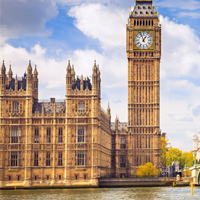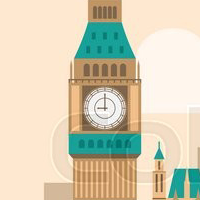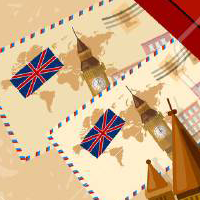Ngày Halloween rơi vào ngày 31/10 hằng năm. Không chỉ ở phạm vi Bắc Mỹ, ngày lễ này ngày càng trở nên phổ biến trên phạm vi toàn cầu. Bạn có tổ chức ngày lễ này không? Bạn sẽ được tìm hiểu về lịch sử của ngày lễ Halloween thông qua bài đọc sau đây. Sau đây là một số từ mới trong bài:
1. to evolve (v): to change little by little (tiến triển, tiến hóa)
2. spirit (n): ghost, some people believe the spirit and body separate when a person dies (ma, linh hồn)
3. holy (adj): sacred, very good, related to religion (thần thánh, linh thiêng)
4. Hallow (v) (comes from the word holy): thần thánh hóa, linh thiêng hóa
5. saint (n): an honored, holy person (vị thánh)
6. evil (adj): very, very bad (độc ác, xấu xa)
7. lantern (n): lamp or enclosed light that can be carried around (đèn lồng)
8. turnip (n): a purple and white vegetable that grows in the ground (cây củ cải)
Đọc bài đọc sau và kiểm tra khả năng đọc hiểu của bạn bằng cách quyết định xem 8 câu sau đó là True hay False (Đúng hay Sai):
More than a thousand years ago the Christian church named November 1 All Saints Day (also called All Hallows.) This was a special holy day to honor the saints and other people who died for their religion. The night before All Hallows was called Hallows Eve. Later the name was changed to Halloween.
Sau khi đọc bài, bạn kiểm tra khả năng đọc hiểu của mình bằng cách làm bài trắc nghiệm True/False sau đây:








